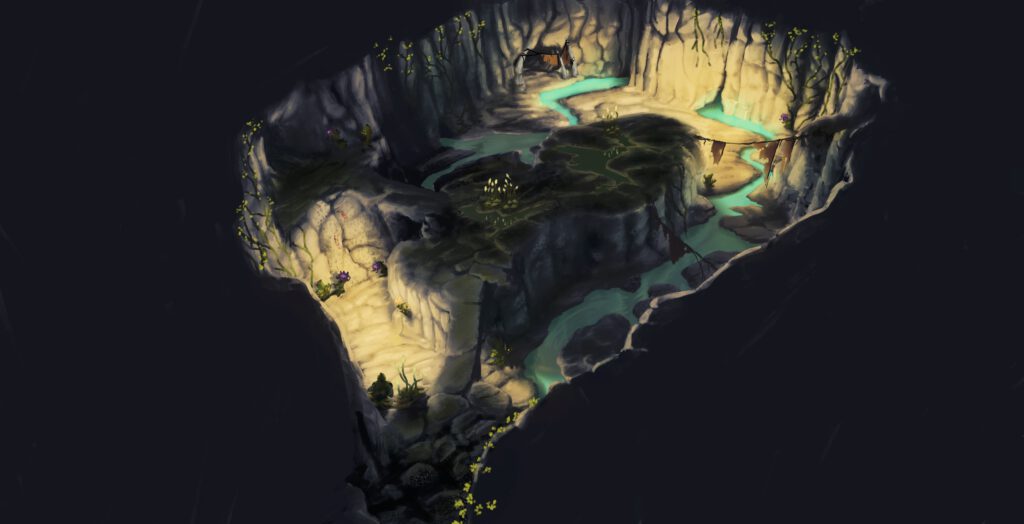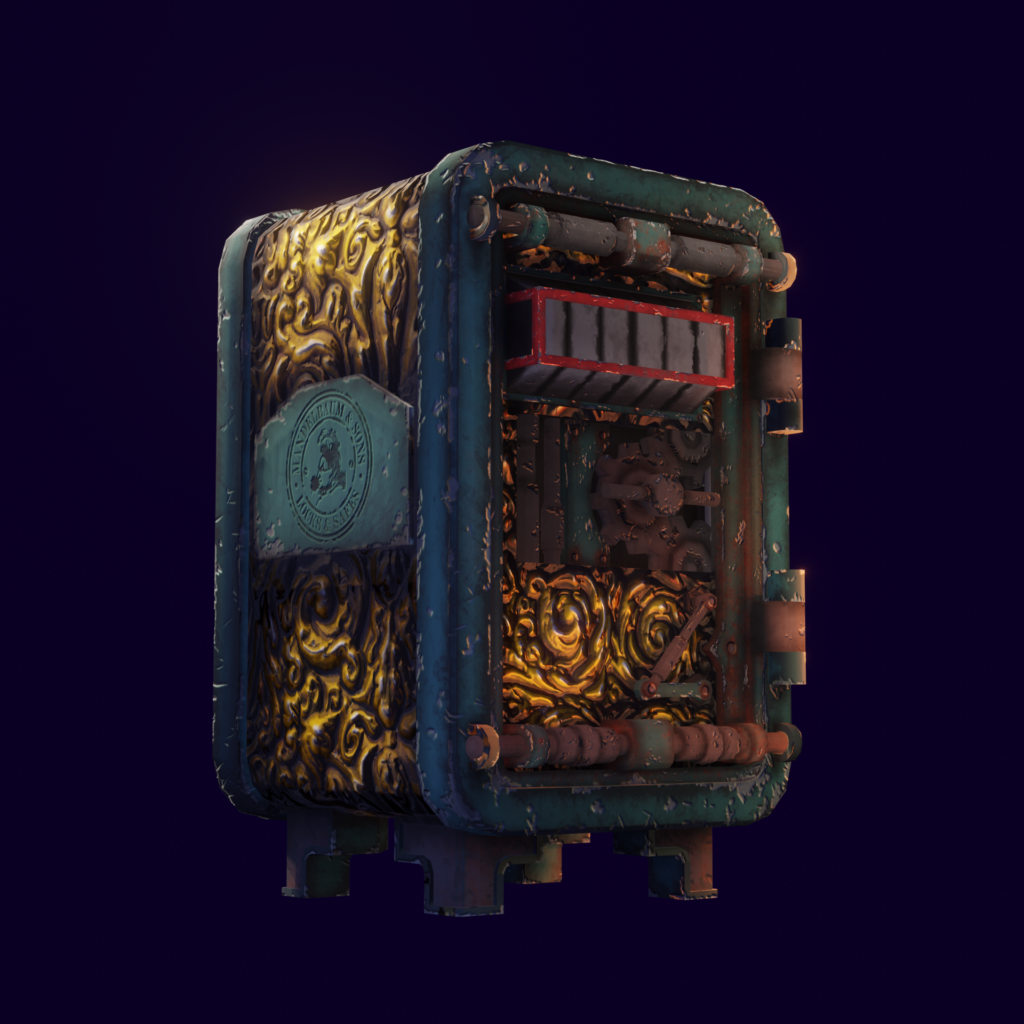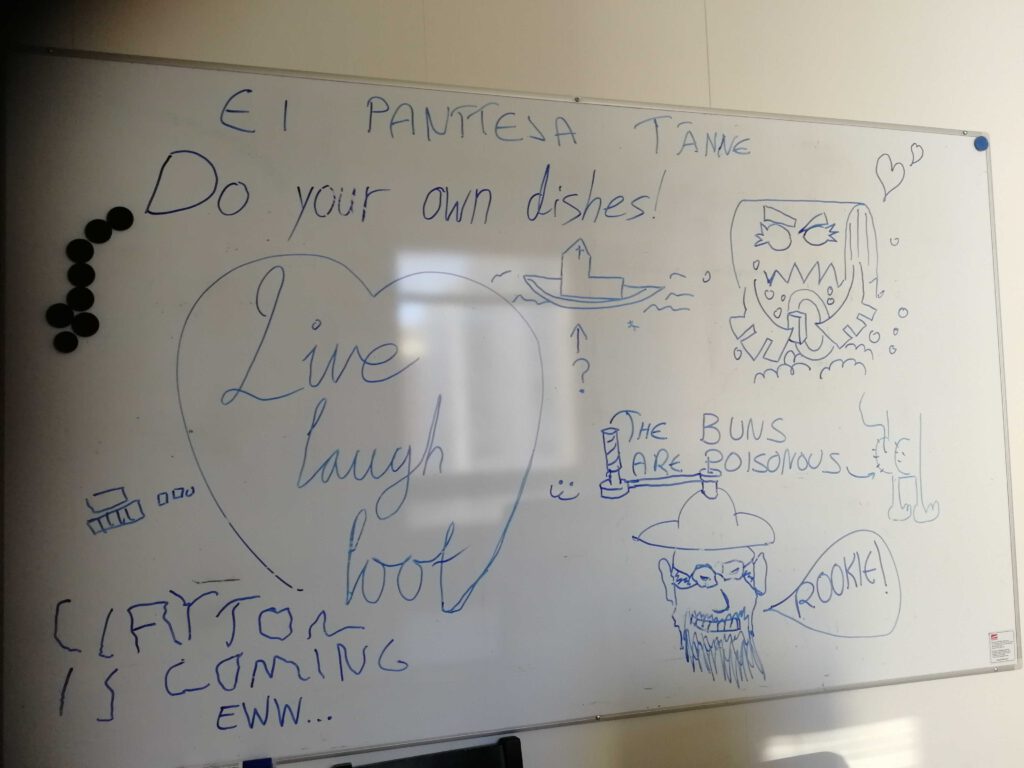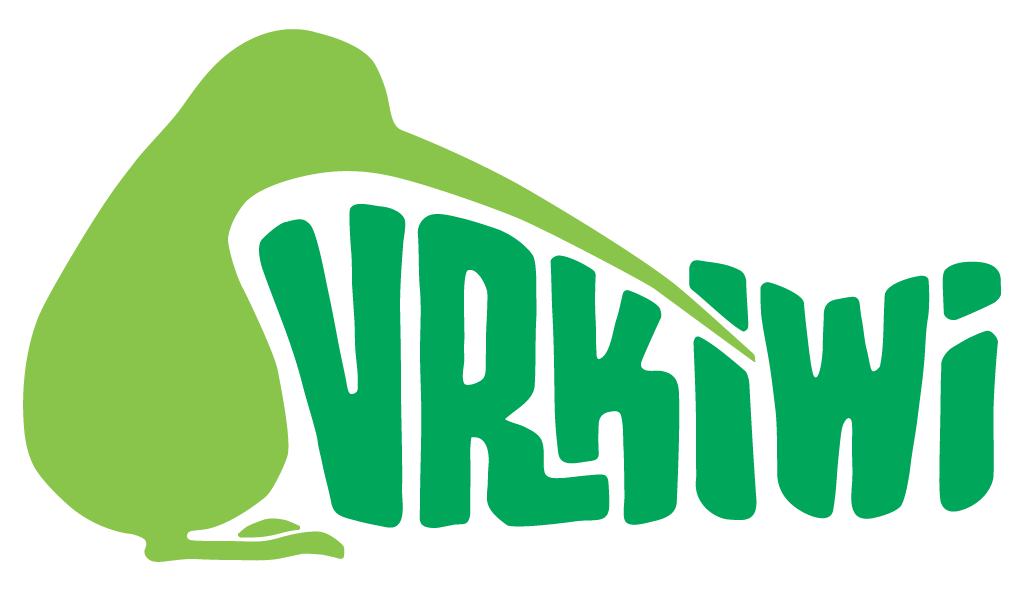Hey everyone, I’m back to continue my ramble on tutorials and teaching gameplay. Our Early Access launch looms sternly in the future, so I’m pretty much the only one not stuck doing last minute polish on the game. I’m looking far ahead, trying to plot out the next course for the product. Which brings us to today’s topic: designing progress and progression!
Last time, I wrote about the nuts and bolts process of teaching things to players, how to introduce immediate and systemic gameplay elements and teach them to the player well enough that they’re ready to experiment with them on their own. But most modern games contain multiple game mechanics and game systems, and usually it’s impossible to teach everything to the player at once. Trying to do so would result in major information overload, and would usually also break the game’s progression structure to bits: after all, you shouldn’t be teaching the player endgame mechanics in the first tutorial section. This means that we can approach teaching the player as an ongoing process, with extra lessons introduced as they’re needed. But when are they needed?

I’m currently in the middle of a major design review. This means that we now have most if not all of the game’s core mechanics implemented and tested up to a point, and it’s time to go through the design documentation to see if the implementation round missed anything, and whether we need to modify the overall design because of things we’ve found out on the way here. And since the EA release is right around the corner, it’s time for me to get out of the caves and look at the game as a whole, and in particular the player’s progress through it.
I like to think about the player’s progress as parallel tracks which affect each other, creating stops and limiters. For example, in order to gain access to a new mining area (biome track), the player needs a new tool (tool unlock track). Accessing this tool requires them to spend $1000 to buy it (economy track), and to get that much cash they need to play for an average of 2 hours (content duration track). Once they get the tool, we need to teach them to use it (tutorial track), and in the new mining area they’ll meet a new monster type which needs to be introduced as well for maximum effect (monster track).

Plotting out these tracks on a whiteboard (or a digital whiteboard, since Jaakko is still jealously guarding his butt-doodles on the whiteboard in the breakroom) helps us visualize timing for both feature production and introduction, and this rhythm is obviously relevant now that we have the outer walls and ceilings of our construction set up. Of course, this is just my way of organizing gameplay content, and it’s only really useful in larger projects with manifold features like Cave Digger 2. But one of the main goals for this method is to try to guarantee that the player will not be overwhelmed with new play features at any point of their journey. The early portion of the game should obviously be more tutorial dense than the later sections, and the track system allows us to make sure that this is true.

And with that, I should probably try to get back on track. Check us out next week, the Early Access opens up on the 14th of September, and you’re all cordially invited to play!
Cheers,
AMP
Random development quote: “Isäleveli ja äitileveli kohtaavat. Transitiotransformi työntyy sisälle“.

